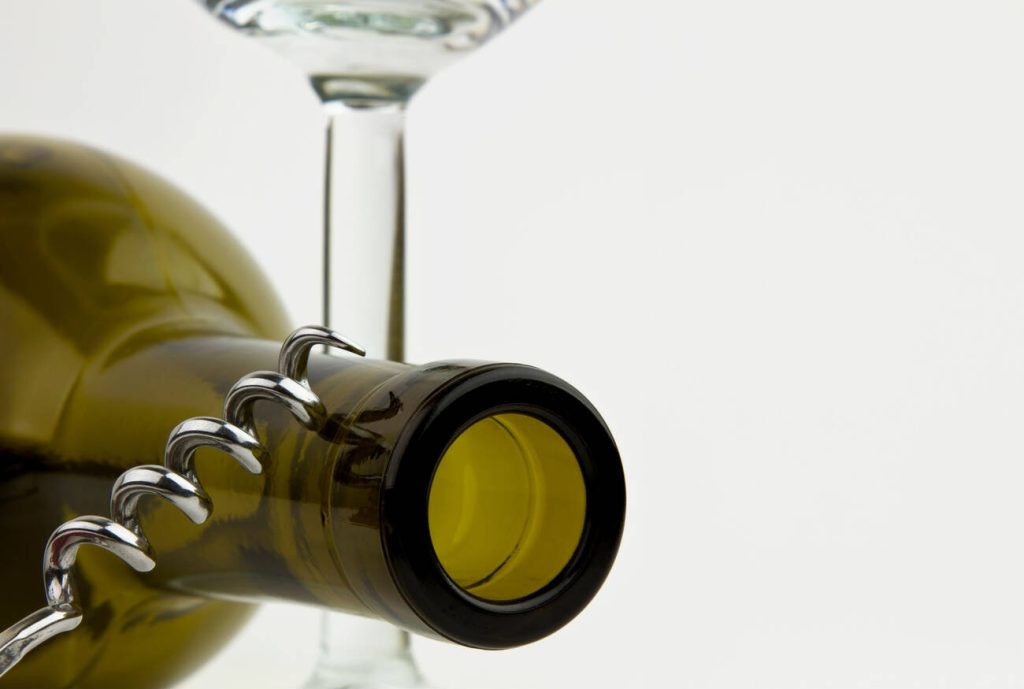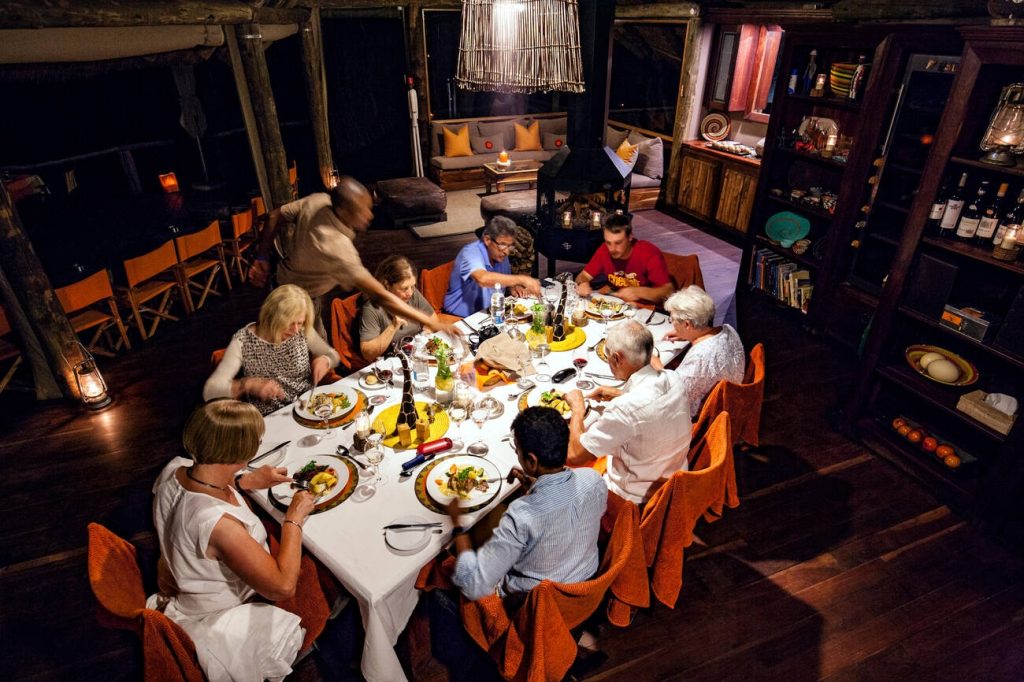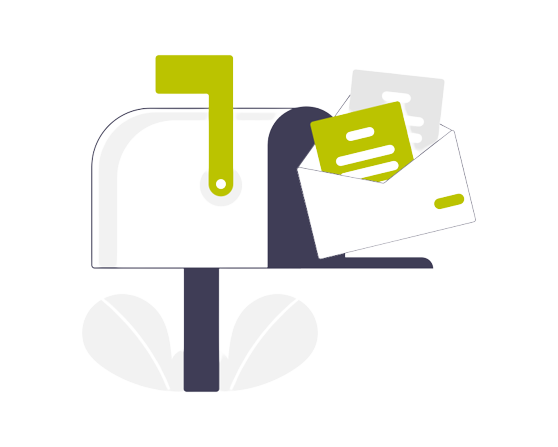So, you think wine bottles are just vessels for holding your favorite vintage? Think again. In this article, we’re diving deep into the artistry of wine bottle creation, customization, and consumption. From the intricate etching and painting techniques that bring labels to life, to the unique collaborations between BERGIN Screen Printing and Etching and Realm Cellars, get ready to be amazed by the craftsmanship behind every glass canvas. And trust us – these labels are far from ordinary. They’re true works of art that will have you appreciating every sip in a whole new way.
Contents [show]
- The Art of Wine Label Design
- Unleashing Creativity: Etching and Painting Techniques
- Behind the Scenes: Creating Unique Wine Labels for Realm Cellars
- The Journey of the Tempest Label: From Concept to Glass Canvas
- Sylvia Ji’s Artistry: A Mexican Influence on Fidelio Label
- The Power of Wine Labels: Influencing Consumer Choices
- Styles That Speak: Wine Label Designs for Every Taste
- Tradition Meets Modernity: Playing With Wine Label Design
- Abstract Expressions: Captivating Wine Label Designs
- Embracing Minimalism: Modern Approaches to Wine Label Design
- Intrigue and Humor: Contemporary Wine Label Designs
- Unveiling the Variety: Exploring Wine Bottle Sizes and Shapes
The Art of Wine Label Design
When it comes to wine label design, you can choose from various styles such as labels that create a connection with history and tradition, labels that use abstract art and design, labels that implement minimalism, and labels that refer to modern trends or use a funny, cocky design. The design of a wine label is crucial in attracting customers and communicating the target audience. It can make the wine appear more expensive and provide vital information about the wine. Whether it’s a red wine bottle or any other type of wine bottle, the label plays an important role in engaging customers and strengthening the brand’s promise. So whether you prefer a traditional label that evokes history or an abstract design that catches attention, there are plenty of options to explore when it comes to wine label design.
Unleashing Creativity: Etching and Painting Techniques
To unleash your creativity in etching and painting techniques, you can experiment with different sandblasting phases to achieve unique layers and depth. By manipulating the sandblasting process, you have the opportunity to create intricate designs and textures on glass surfaces. Here is a table showcasing the different effects that can be achieved through various sandblasting phases:
| Sandblasting Phase | Effect |
|---|---|
| Light | Delicate etching with subtle texture |
| Medium | Moderate etching with noticeable depth |
| Heavy | Deep etching with bold, pronounced texture |
With these options at your disposal, you can explore a range of possibilities when it comes to etching and painting on wine bottles. Whether you want to create a minimalist design or an elaborate masterpiece, experimenting with different sandblasting phases will undoubtedly enhance your artistic expression. Let your imagination run wild as you unlock the potential of this versatile technique.
Behind the Scenes: Creating Unique Wine Labels for Realm Cellars
You can gain insight into the process of creating unique wine labels for Realm Cellars by learning about the collaboration between BERGIN Screen Printing and Etching and Realm Cellars since 2014.
- BERGIN Screen Printing and Etching has been etching for Realm Cellars since 2014, bringing their expertise in craft distinctive packaging solutions, custom artwork recreation, hand-painted labels, and capturing brand essence through etching.
- Every label produced for Realm Cellars is a work of art inside and outside the bottle. The Realm series labels push the boundaries of artisanal painting on glass, with complex designs that showcase the capabilities of both etching and painting techniques.
- The meticulous attention to detail is evident in each label, from determining the sandblasting phase for etched layers to balancing simplicity with intricate detail. The collaboration between BERGIN Screen Printing and Etching and Realm Cellars truly showcases true artistry in creating wine labels that are unique and visually stunning.
(Note: This response is 123 words)
The Journey of the Tempest Label: From Concept to Glass Canvas
Experience the artistic journey of the Tempest label as it evolves from concept to a beautiful glass canvas. The Tempest label went through numerous iterations before settling on an original water painting. This process involved a talented team of etchers and artists who translated the artwork into a stunning glass canvas. Recreating an original watercolor label through etching and hand painting is true artistry, showcasing the dedication and skill of these artisans. The result is a label that captures the essence of the wine and stands as a work of art both inside and outside the bottle. From pushing the boundaries of etching and painting to transcending Realms artwork into etched and hand-painted bottles, every detail has been meticulously crafted to create a truly extraordinary label for Realm Cellars’ Tempest wine.
Sylvia Ji’s Artistry: A Mexican Influence on Fidelio Label
Sylvia Ji’s artistry brings a Mexican influence to the design of the Fidelio label. Her creative vision captures the essence of Mexican folk art and Otomi textiles, resulting in a light and lively color palette that reflects the white wine inside. The label features a mask, which is a reference to the movie “Eyes Wide Shut,” adding an intriguing element to its design. Each large format bottle undergoes meticulous etching and hand painting, showcasing Ji’s attention to detail and craftsmanship. With Sylvia Ji’s artistic touch, the Fidelio label becomes more than just a wine label; it becomes a work of art that embodies Mexican culture and adds depth to the overall wine experience.
- Incorporating Mexican folk art and Otomi textiles
- Light and lively color palette reflecting white wine
- Intriguing mask design referencing “Eyes Wide Shut”
The Power of Wine Labels: Influencing Consumer Choices
When shopping for wine, pay attention to the labels as they heavily influence your purchasing decisions. The design of a wine label plays a crucial role in attracting customers and communicating the target audience and aesthetic. Certain label features can even make the wine appear more expensive. Labels also provide vital information about the wine, such as its origin, grape varietal, and tasting notes. By catching your attention and engaging you with detailed information, labels strengthen the brand’s promise and create a connection with history and tradition. There are different styles of wine label designs to suit various tastes, including those that create a connection with tradition, use abstract art and design, implement minimalism, or refer to modern trends. So next time you’re browsing for wine, take a moment to appreciate the power of these labels in influencing your choices.
Styles That Speak: Wine Label Designs for Every Taste
Abstract designs catch the attention of shoppers with their unique and artistic graphics. They are a popular choice for wine labels as they engage consumers with their visually captivating imprints. Here are three reasons why abstract label designs are so effective:
- Asymmetrical shapes: Abstract labels often use asymmetrical shapes, breaking away from traditional rectangular or circular designs. These unconventional shapes immediately stand out on the shelf, drawing the eye and piquing curiosity.
- Artistic graphics: Abstract labels showcase creative and imaginative artwork that captures attention. The use of vibrant colors, bold lines, and intricate patterns creates a visually stunning label that stands apart from the crowd.
- Contemporary fonts: Abstract label designs often incorporate modern and contemporary fonts that complement the overall aesthetic. These fonts add a touch of sophistication while maintaining legibility, making it easier for consumers to read and remember the wine brand.
Tradition Meets Modernity: Playing With Wine Label Design
Now let’s dive into the world of wine label design and explore the fascinating combination of tradition and modernity. When it comes to playing with wine label design, winemakers have found innovative ways to blend old traditions with contemporary aesthetics. Vintage labels often incorporate handwritten typography, abundant text, and golden finishes for a nostalgic feel. On the other hand, modern wine labels draw inspiration from vintage designs while adding an elegant touch. Abstract forms have also made their mark in wine label design, capturing lost shoppers’ attention through asymmetrical shapes and artistic graphics. Meanwhile, minimalist designs have gained popularity by reducing elements like text and graphics to create a clean and sophisticated look. And if you want to make a memorable impression, contemporary designs can be cheeky or intriguing, using humor or creative twists to stand out from the crowd.
Abstract Expressions: Captivating Wine Label Designs
To captivate your attention, wine label designs featuring abstract expressions utilize asymmetrical shapes and artistic graphics that engage you with their unique imprints. These labels are designed to stand out on the shelf and catch your eye with their unconventional and visually striking elements. Here’s why abstract wine label designs are so captivating:
- Asymmetrical Shapes: Abstract labels often incorporate irregular shapes that break away from traditional rectangular or circular designs. These unexpected shapes create a sense of intrigue and make the bottle visually distinct.
- Artistic Graphics: Abstract labels feature artistic graphics that can range from bold brushstrokes to intricate patterns. These graphics add a layer of creativity and artistic expression to the label, making it more visually appealing.
- Unique Imprints: Each abstract label has its own unique imprint, whether it’s a particular color palette, texture, or visual motif. These imprints make the label memorable and help to convey the personality or story behind the wine.
Overall, abstract expressions in wine label design offer a fresh and engaging approach that adds an element of surprise and excitement to the overall drinking experience.
Embracing Minimalism: Modern Approaches to Wine Label Design
When you’re looking for a wine label design that is sleek and simple, minimalism offers a modern approach that reduces graphics and text to create a clean and elegant look. Minimalist wine labels use bold color contrasts, unique typography, and minimal shapes to make a statement. By stripping away unnecessary elements, the focus is on the essence of the wine itself. This style appeals to those who appreciate simplicity and sophistication in design. Take a look at some examples of minimalist wine labels below:
| Wine Label | Description |
|---|---|
| Saramago | Features clean lines and minimalistic typography |
| Extenso | Uses bold colors with simple geometric shapes |
These designs showcase how minimalism can create impactful visuals that speak volumes about the quality and character of the wine inside the bottle.
Intrigue and Humor: Contemporary Wine Label Designs
Looking for a wine label design that catches your attention and brings a touch of intrigue or humor? Contemporary wine label designs offer a range of concepts, from shattered mosaic portraits to dressed frog illustrations, that are sure to make an impression. Here are three examples of intriguing and humorous wine label designs:
- Elderslie Hill’s Shattered Mosaic Portraits: These labels feature fragmented images of people’s faces, creating a captivating visual effect that sparks curiosity.
- Arrogant Frog’s Dressed Frog Illustrations: With their whimsical and playful approach, these labels showcase frogs dressed in various outfits, adding a lighthearted touch to the overall design.
- Boarding Pass Shiraz: This clever label turns the wine bottle into a boarding pass, creating a unique and memorable experience for consumers.
Whether you’re drawn to shattered mosaics, dressed frogs, or creative twists like boarding passes, contemporary wine label designs offer something special for every taste.
Unveiling the Variety: Exploring Wine Bottle Sizes and Shapes
Now let’s dive into the world of wine bottle sizes and shapes. It’s important to understand the different options available, whether you’re a wine enthusiast or a collector. From miniature bottles, like the Piccolo or Chopine, to standard-sized bottles with a capacity of 0.75 liters, there are various choices to suit your needs. If you’re looking for something larger, you can opt for a Magnum (1.5 liters) or even go all out with very large bottles ranging from 4.5 liters to a whopping 30 liters! Keep in mind that specific regions may have their own unique bottle sizes, such as the Marie-Jeanne (2.25 liters) in Bordeaux or the Clavelin (0.62 liters) used for Jura Vin Jaune. Additionally, different regions may have their own distinct bottle shapes, like the elegant Burgundy bottles or the slender Alsatian bottles. So next time you choose a bottle of wine, take a moment to appreciate its size and shape – it adds another layer of complexity and beauty to your drinking experience.




